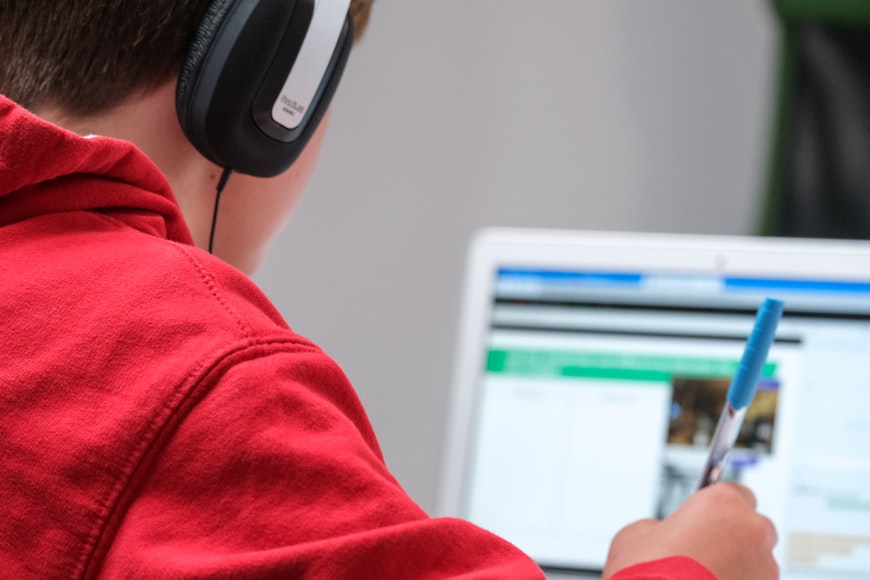This is the secret BPM that will get you added to study playlists
A study has revealed how quick you should make your tracks if you want to get added to Spotify playlists for studying to.
Songs for studying to have become a huge trend in recent years, with playlists and streams of music popping up everywhere that have been made with focusing or relaxing in mind. Setting the mood with the right mix of tracks which break the sharp silence without interfering with your focus is difficult to get right and something that has become something of an art form amongst music compilers and song creators themselves.
It’s such a popular music mood that it even has its own iconic image, immediately recognisable for being the accompaniment to studying music.

As music has become so much more flexible and mouldable with the creation of a mixtape style playlist becoming as simple as dragging a mouse, the way we use music has changed. For a start, we prioritise moods and genres over artists and albums thanks to being able to compile music thematically so much easier.
But is there a secret to what makes a song perfect for studying to, or that means a track can be better for concentrating on work more than another? Is it possible to craft a song that makes it more likely to feature in these kinds of playlists and mixes? That’s what a new study by EduBirdie has been looking to find out.
They analysed over 100,000 songs in playlists which focused their track lists on being the perfect mix to study to, work alongside, and generally find a comfortable state of relaxing productivity. Looking at over 100 playlists, EduBirdie discovered what music people head to most often with a list of the most popular studying songs, the artists people choose to study to the most, and the ideal tempo.
They discovered unsurprisingly that the most popular genres of music to feature in these sorts of playlists were lo-fi and instrumental beats. Sadly, EduBirdie decided not to include more obscure artists who featured regularly and instead looked at the popular artists who appeared on these playlists more often. They did shout out Affection by Jinsang which was featured in 53 of the playlists they analysed.
Because of their approach, the results may be skewed in favour of music that is popular, rather than what is psychologically more efficient for the average listener to focus whilst listening to. For many people, they will use songs that they particularly like to focus rather than necessarily specifying songs they feel will help them relax beyond the familiarity and enjoyment of the music.
With that in mind, the study found that Olivia Rodrigo’s drivers license was the most popular song in studying playlists which featured in 48 of the over 100 they looked at. Following Rodrigo is Joji with SLOW DANCING IN THE DARK followed closely behind by The Lumineers’ Ophelia. You can see their full list of top studying songs here.
The top artists didn’t line up with the results for the top songs, suggesting that there are a lot of one-hit wonders in studying playlists whose other music might not be quite as playlistable. The k-pop megastars in BTS topped the list by a mile, being featured in over 905 playlists overall. To show just how popular BTS songs were for studying playlists, Taylor Swift came second in less than half the number of playlists: 403.
In descending order, the rest of the top 10 goes: Billie Eilish, Ed Sheeran, Harry Styles, Ariana Grande, Khalid, Shawn Mendes, Drake, and One Direction. Honorable mentions who were taken off of the results in favour of exclusively listing popular artists include Hans Zimmer and Mozart. You can see their full list of the top artists for studying to here.
The ideal music tempo for studying
Whilst EduBirdie’s results may have been skewed by the fact that they decided to exclusively focus on popular artists – rather than share the entire, comprehensive result – they did share a very interesting result from their findings. Using Sort Your Music, they scanned the BPM of each track that they considered for their analysis of studying playlists.
Analysing over 100,000 songs and then deciphering their BPM, they found that within playlists made for studying songs were playing at an average of 112 BPM. It’s a reasonably slow pace for music that doesn’t fall low enough to lack energy, which makes a lot of sense really; these songs are meant to relax whilst inspiring concentration, not sending listeners to sleep.
EduBirdie write of the result: “That works out at about one beat every half a second, and in musical terminology would fall in between andante (at a walking pace) and moderato (at a moderate pace).”
So there you have it, if you’re looking to be included in the next YouTube mix of studying tracks or want to be featured in Spotify’s top focussing playlists then you want to look at creating music that is roughly 112 BPM. Of course, it’s not as simple as that – keep making music you love, and if it happens to help people study then that’s awesome.
